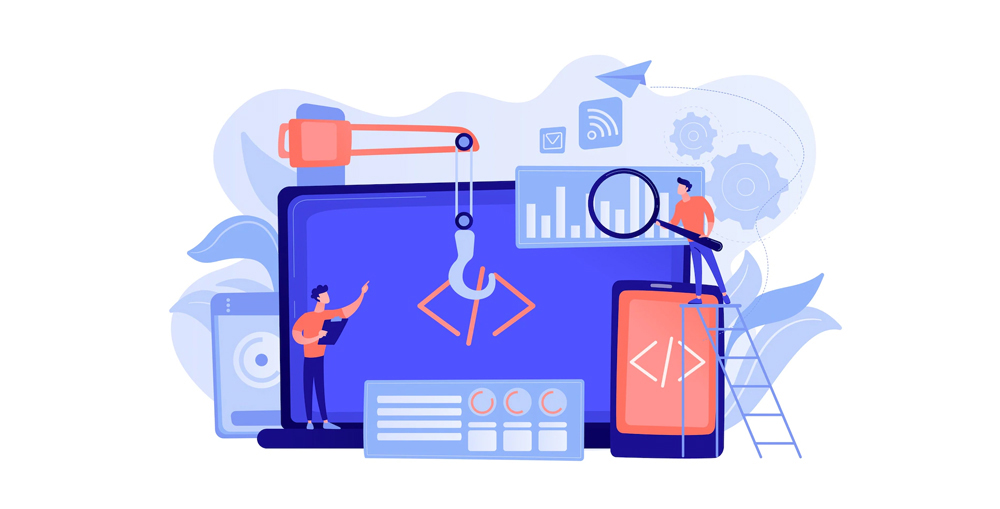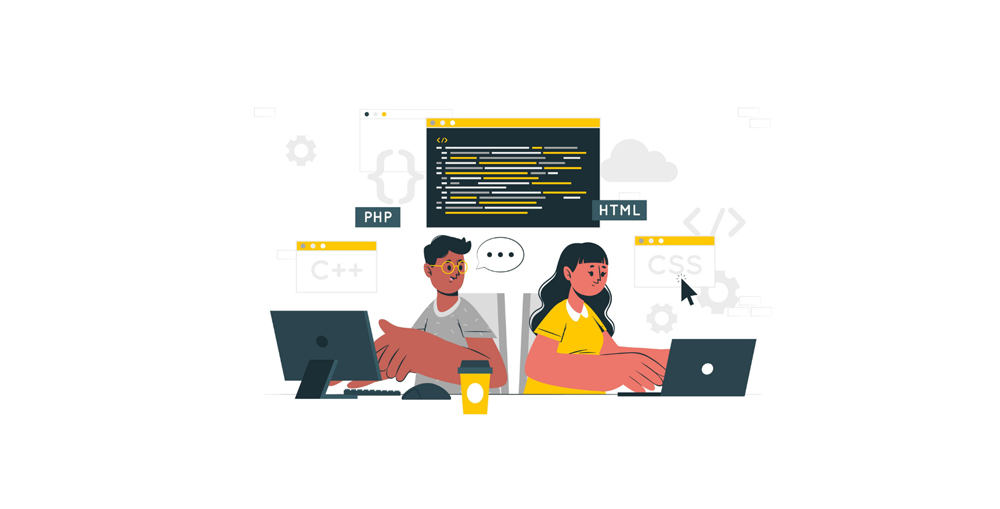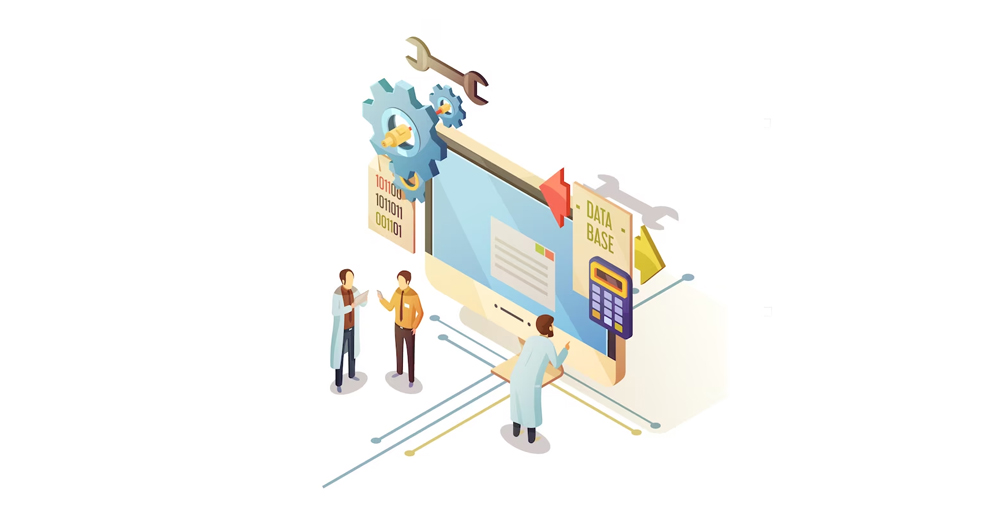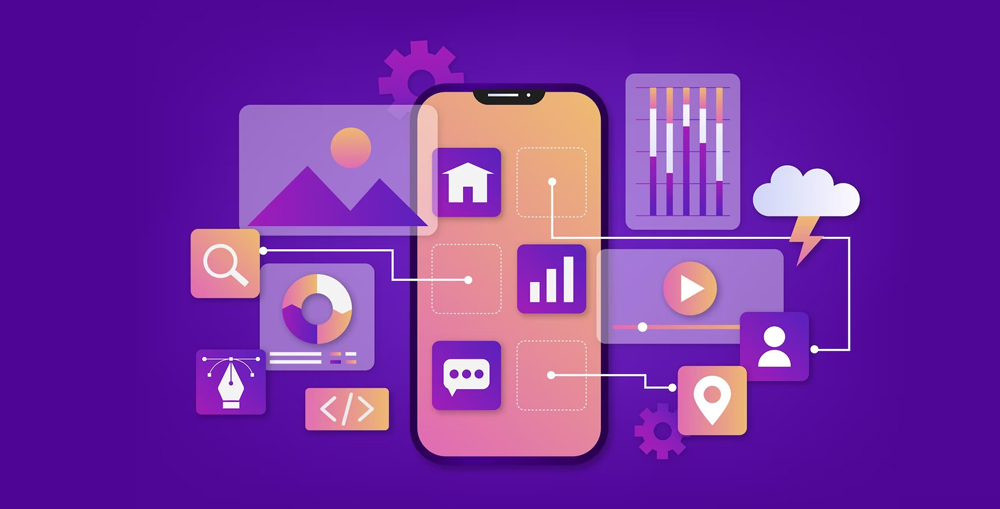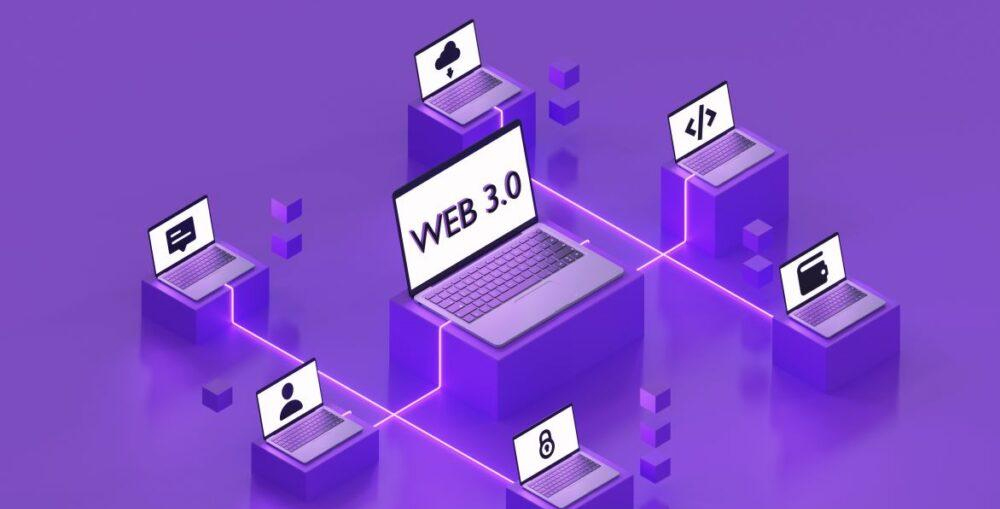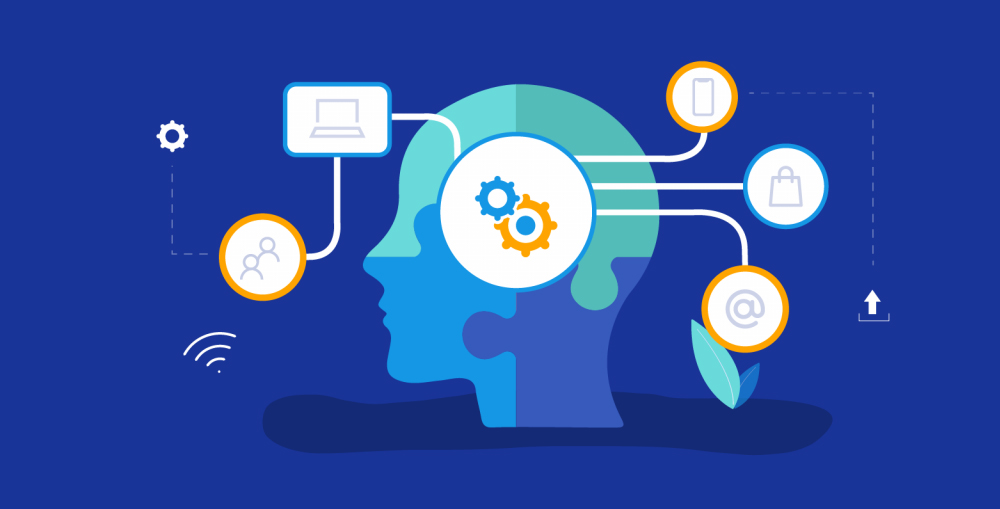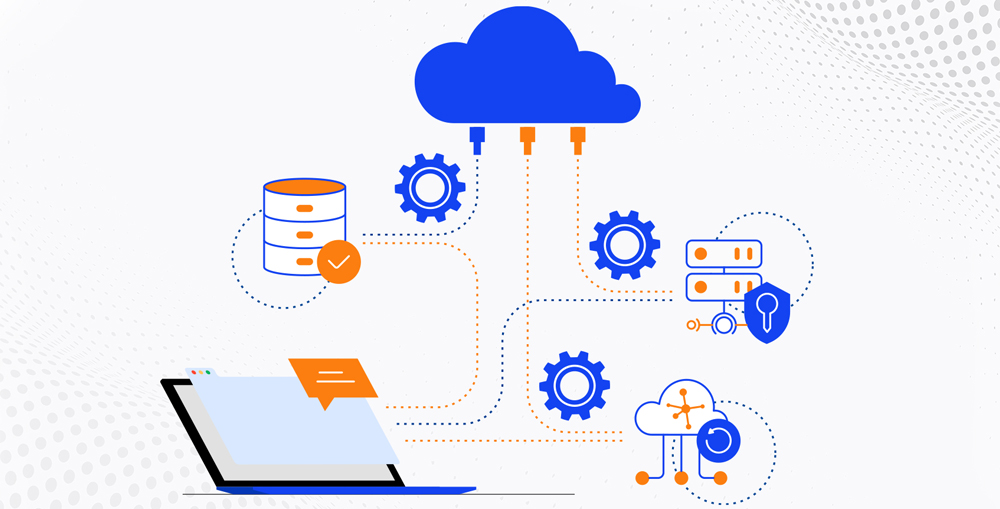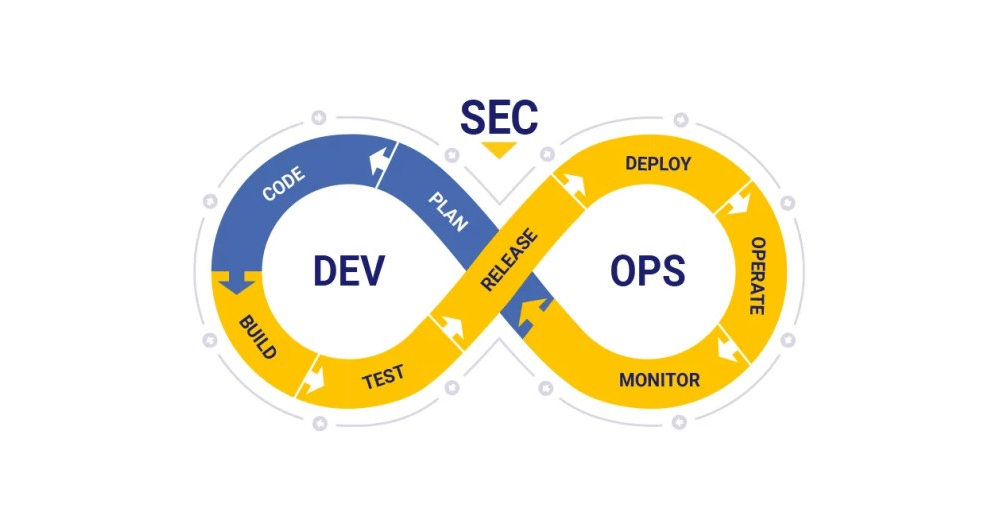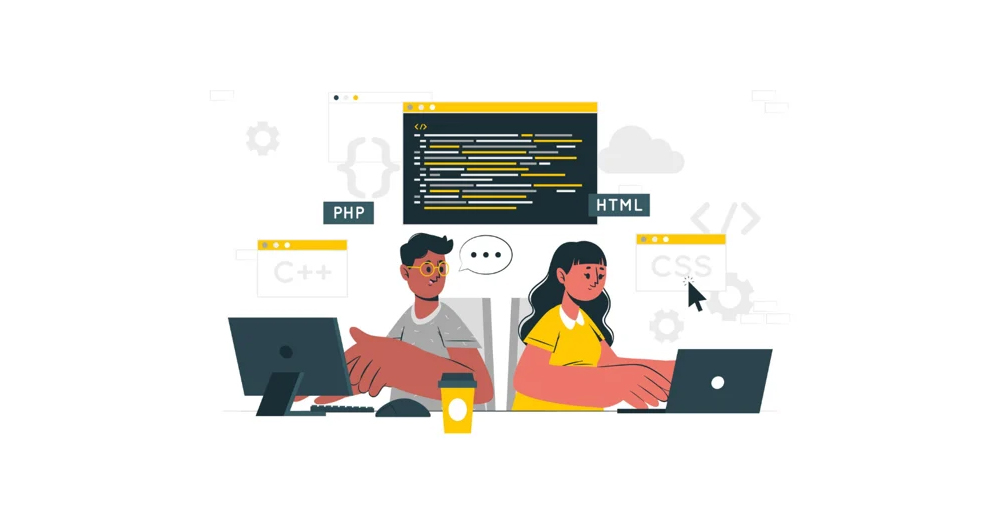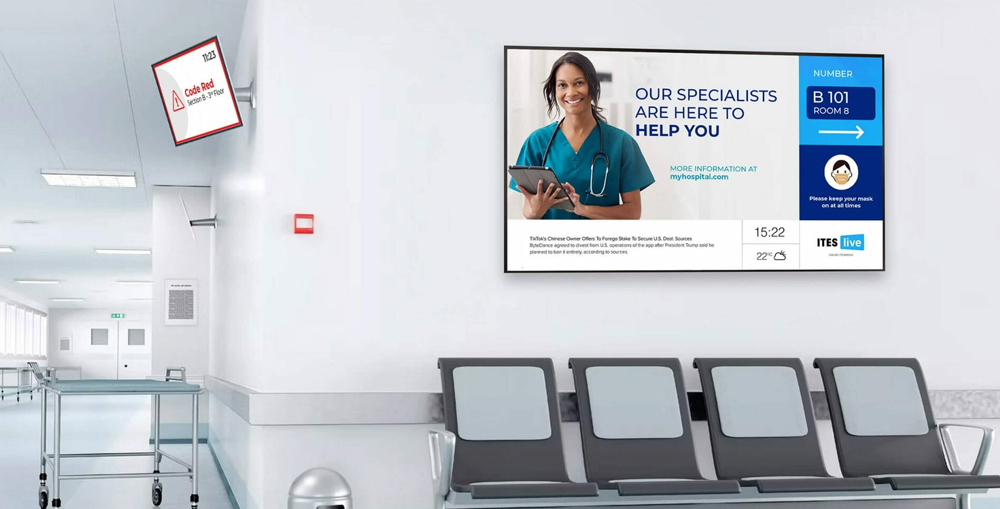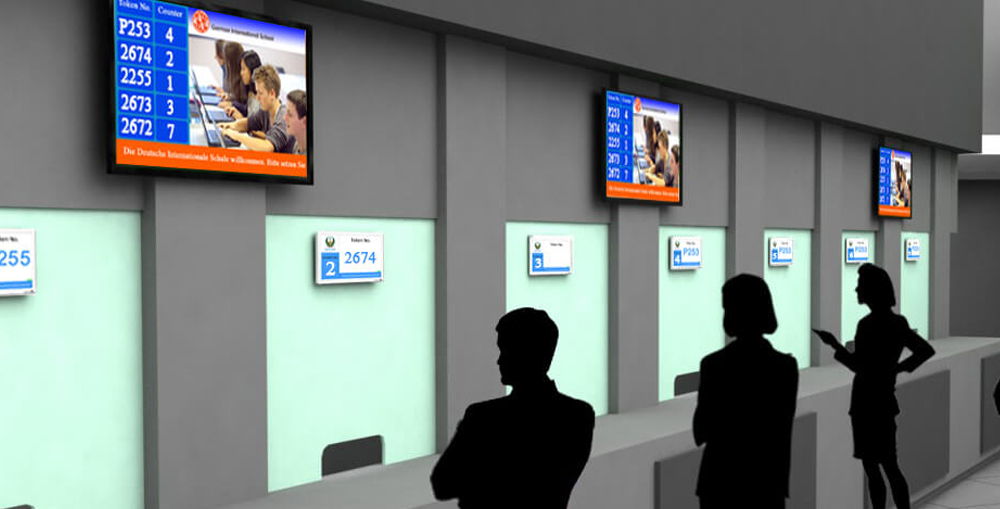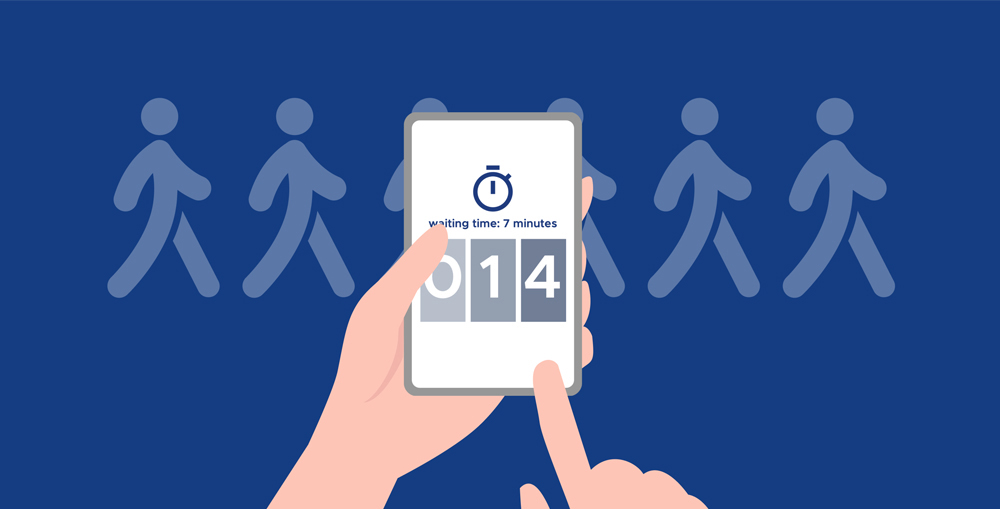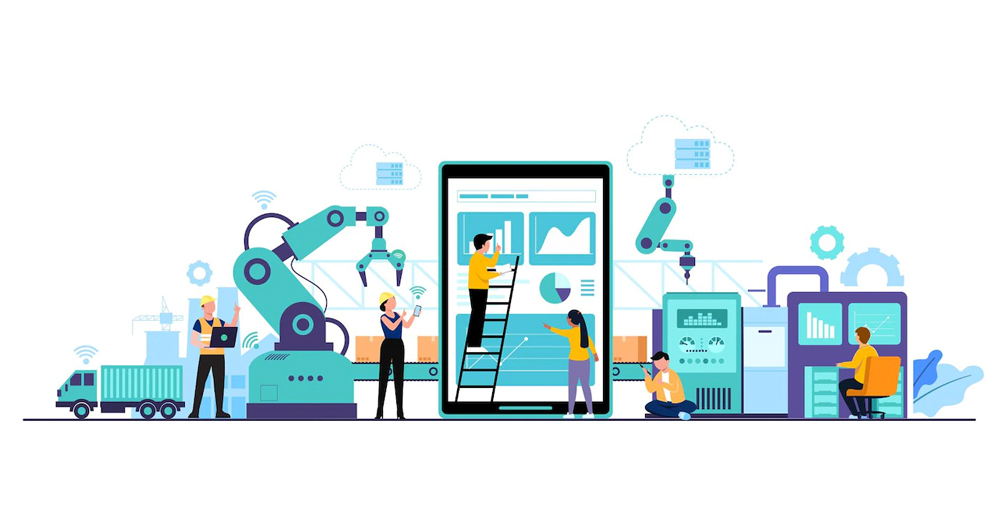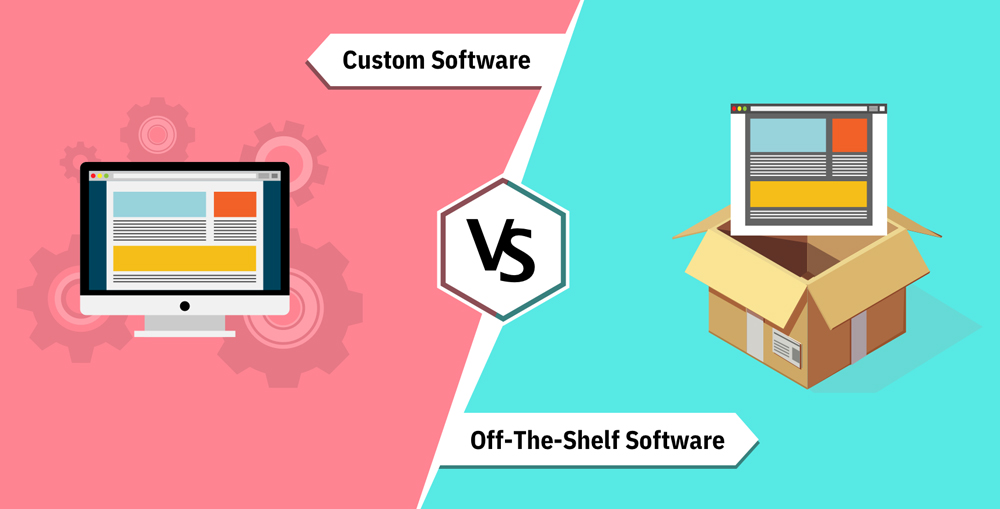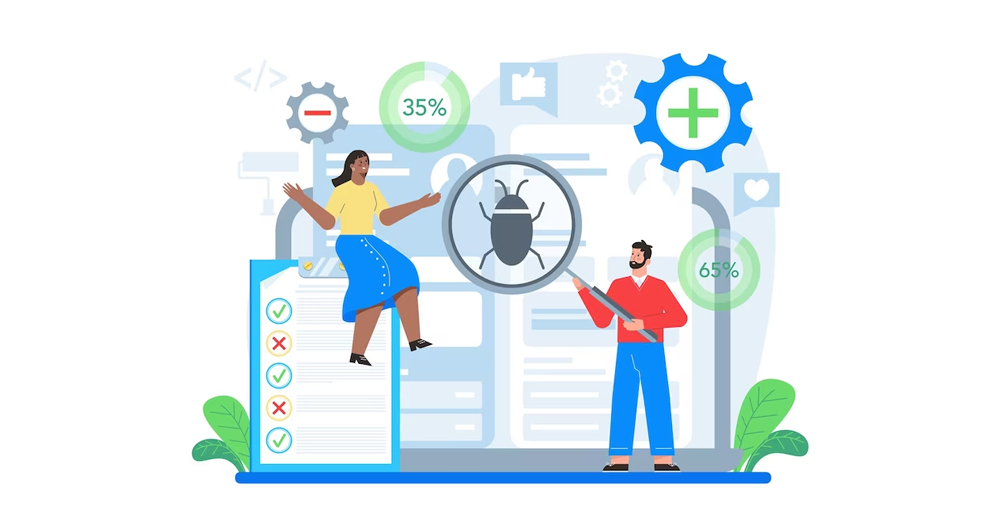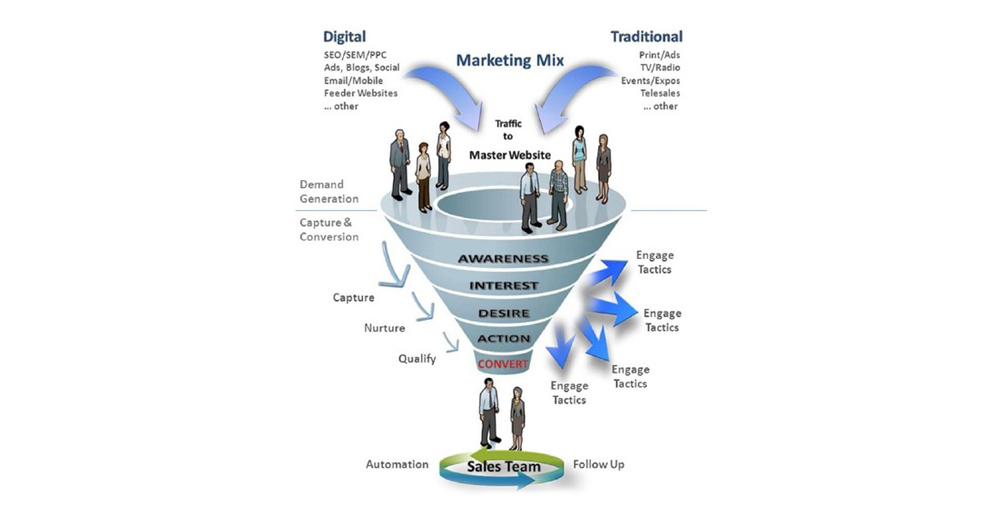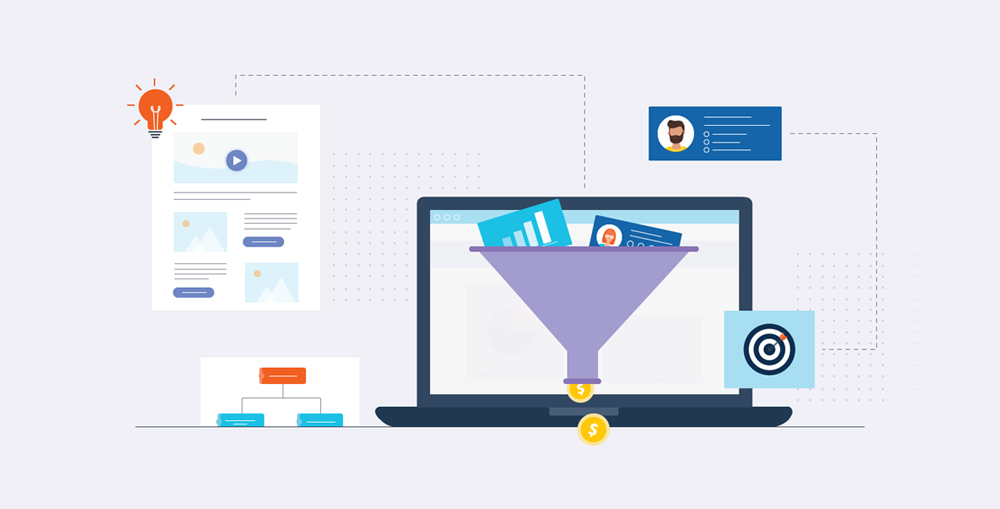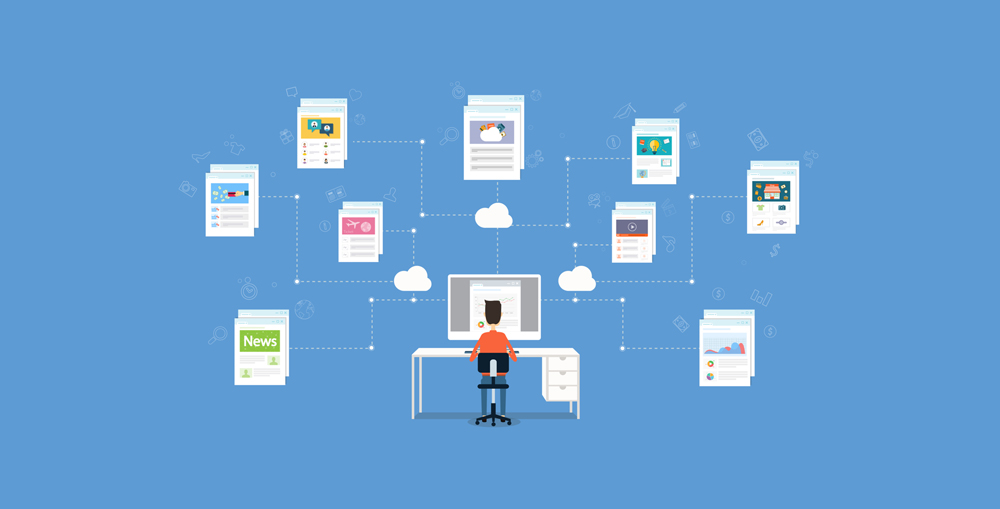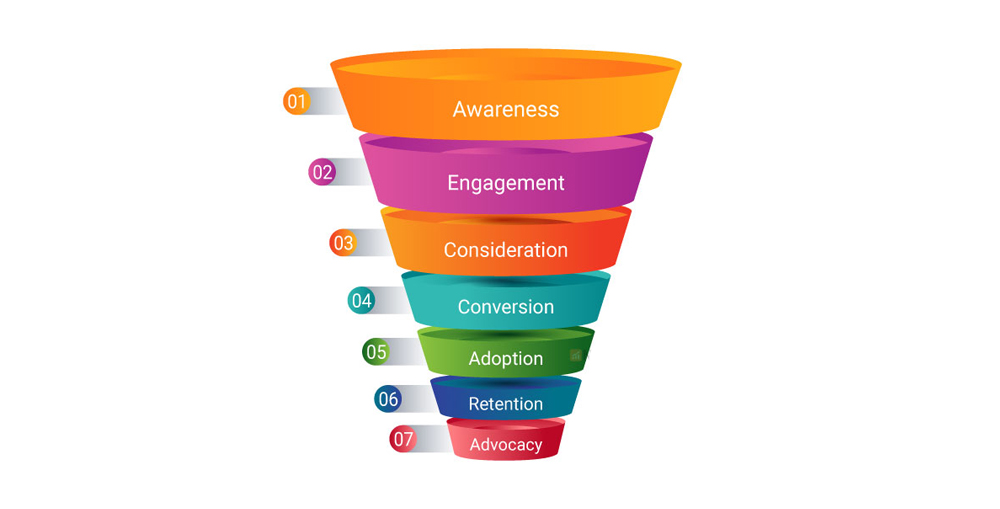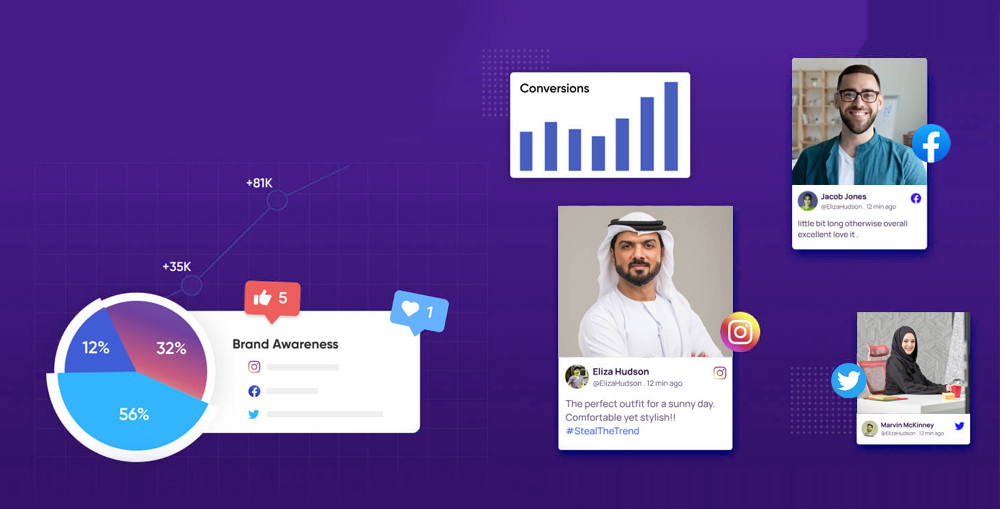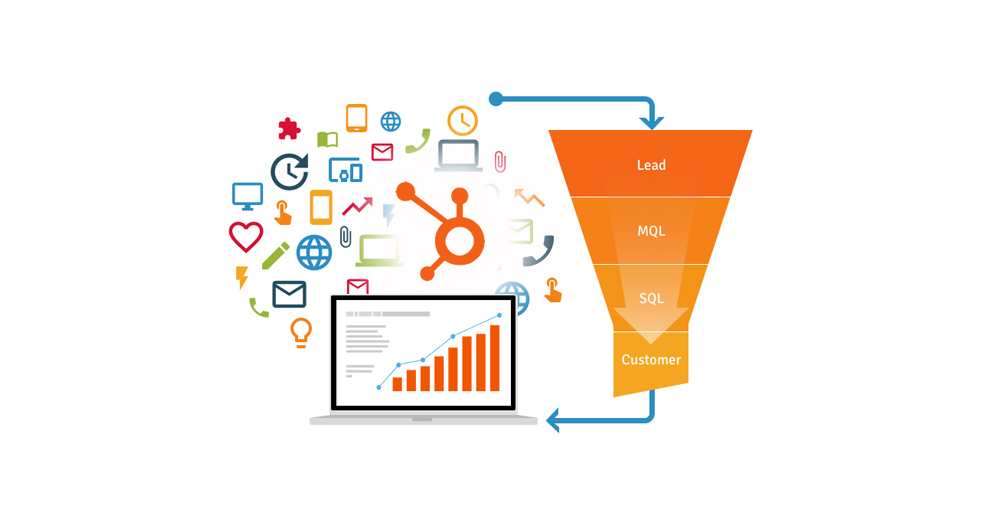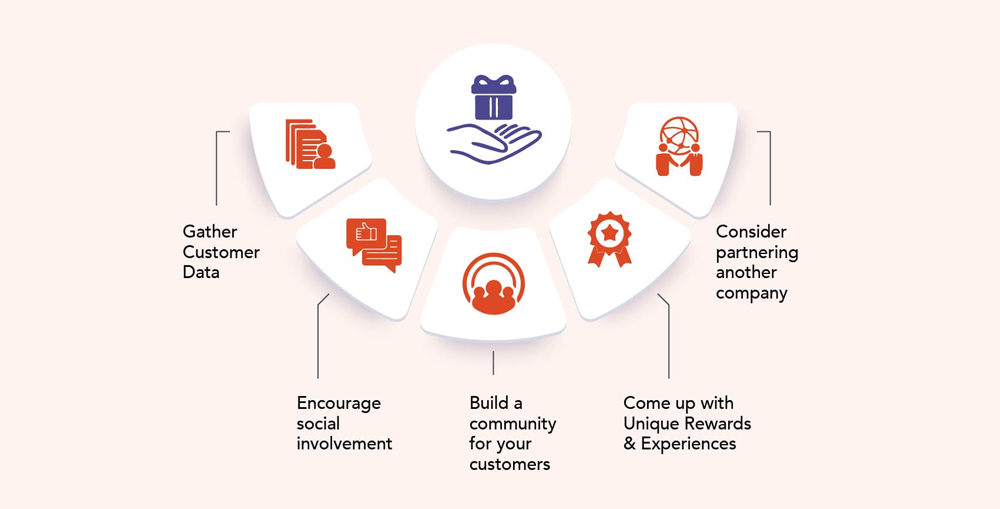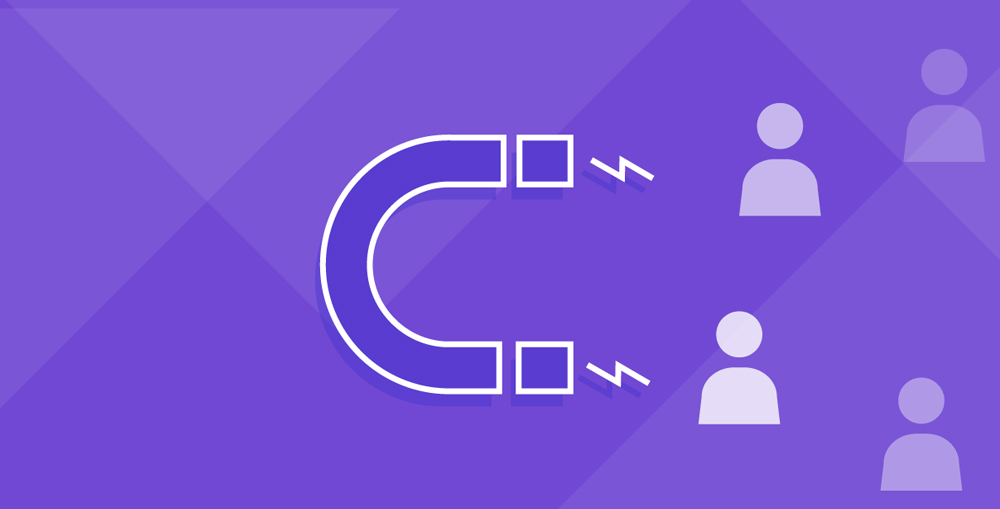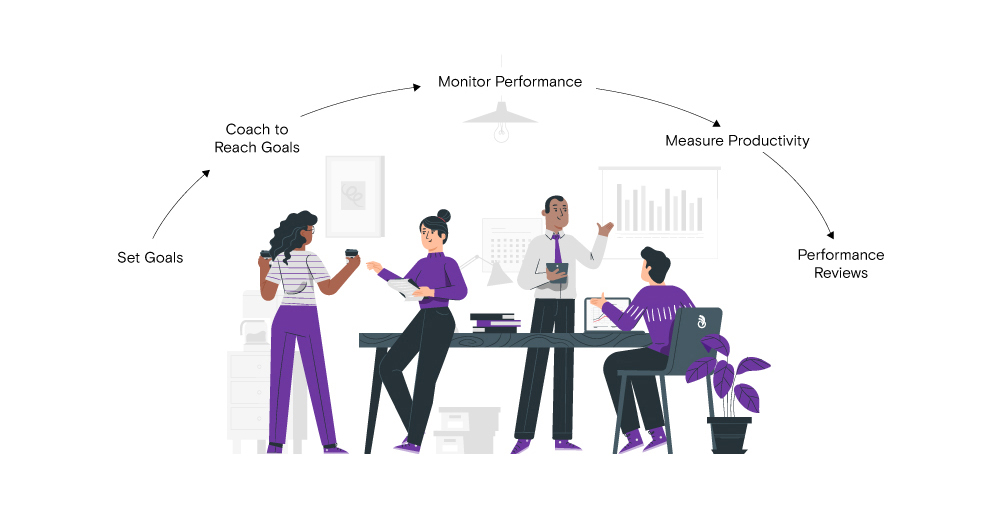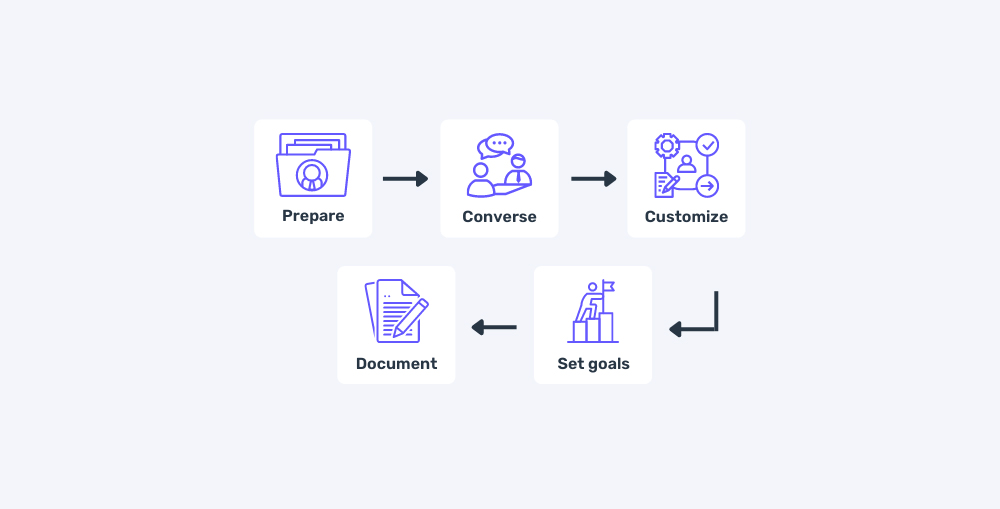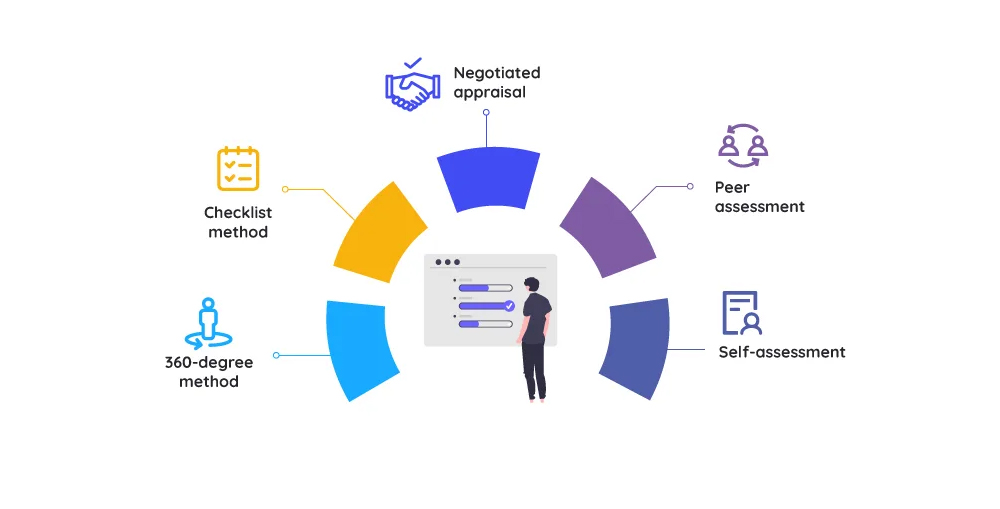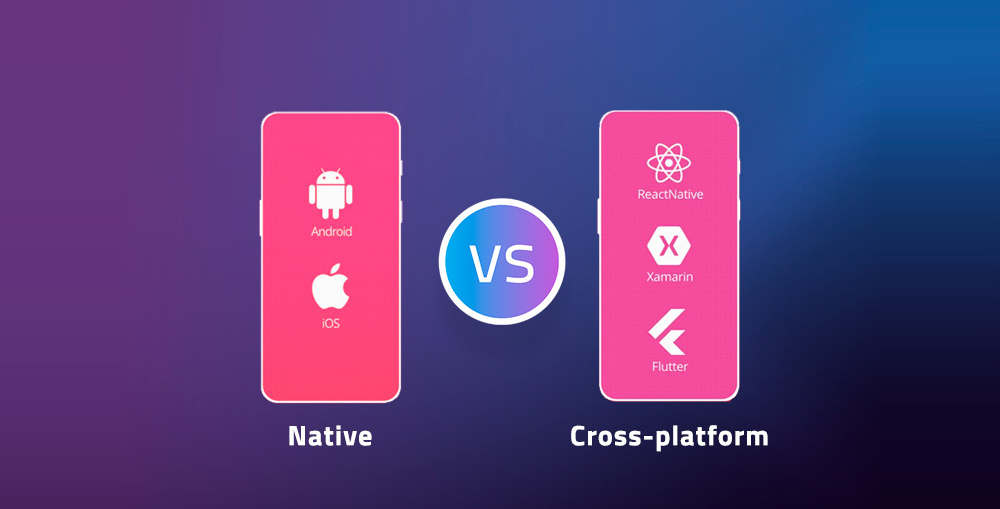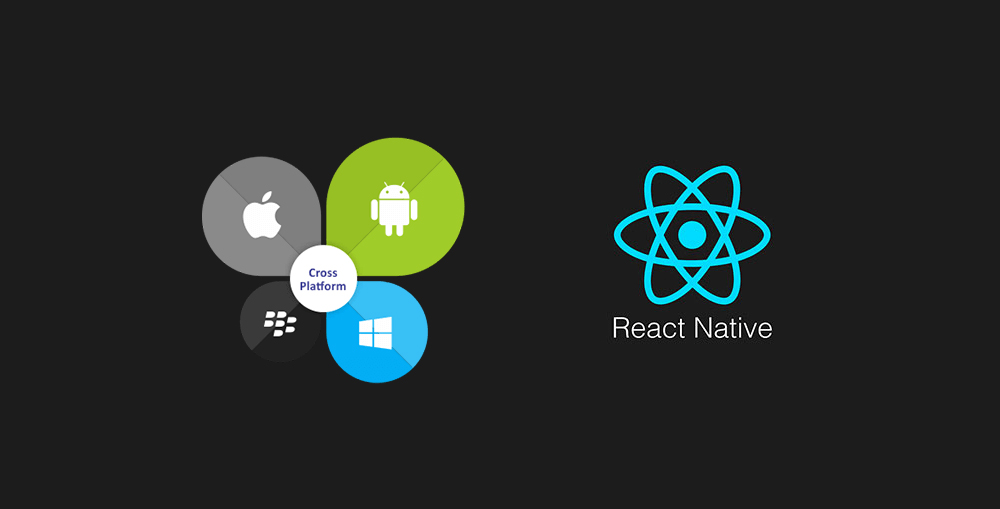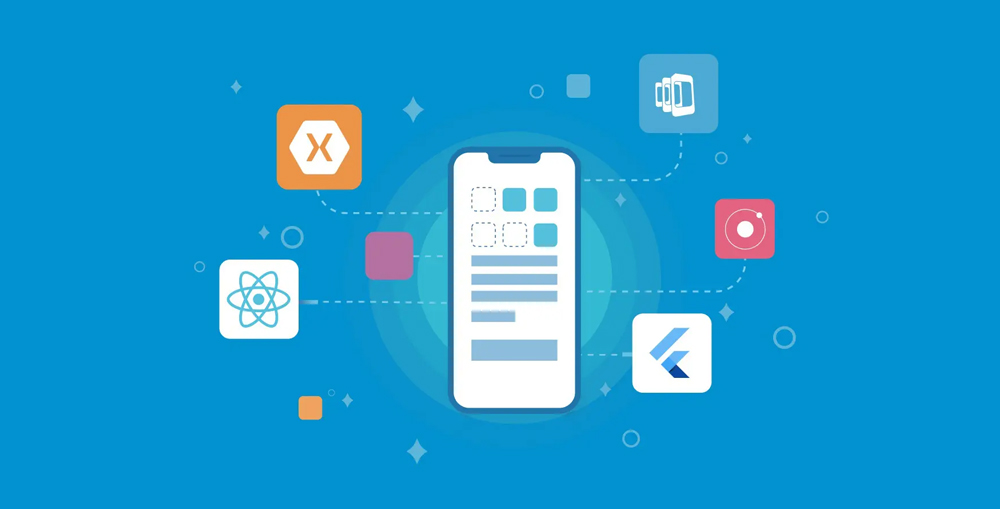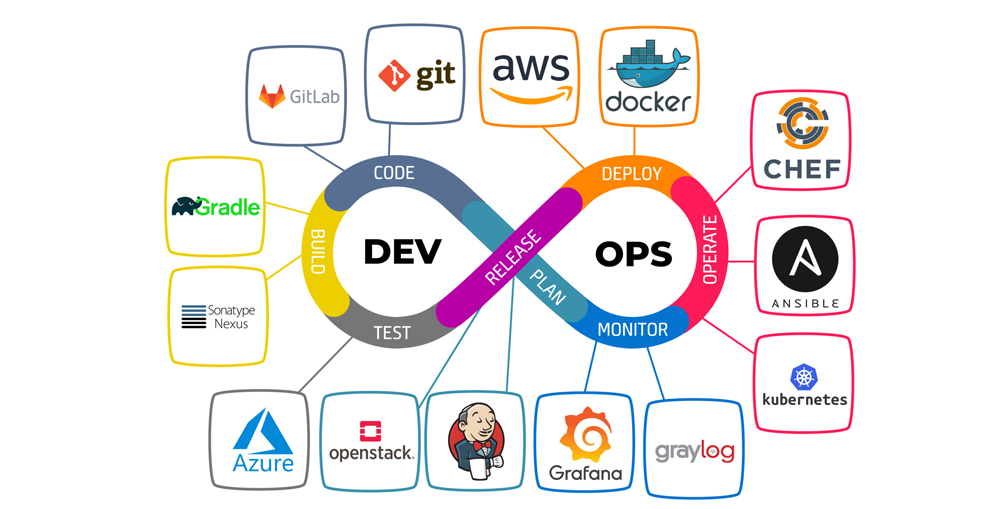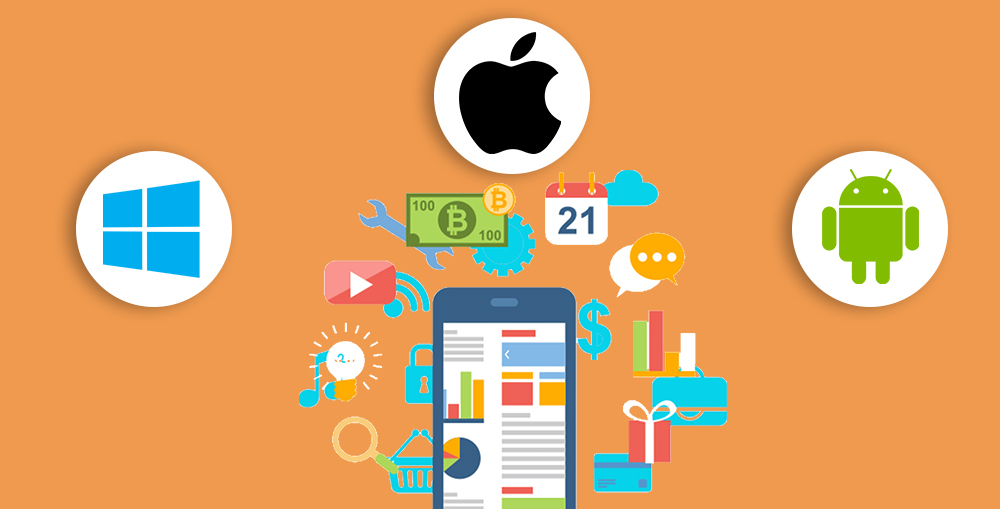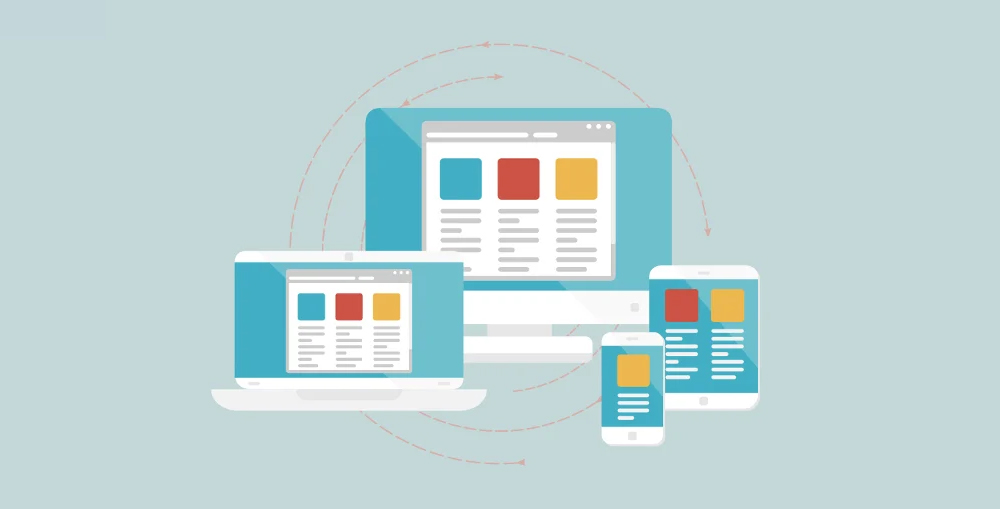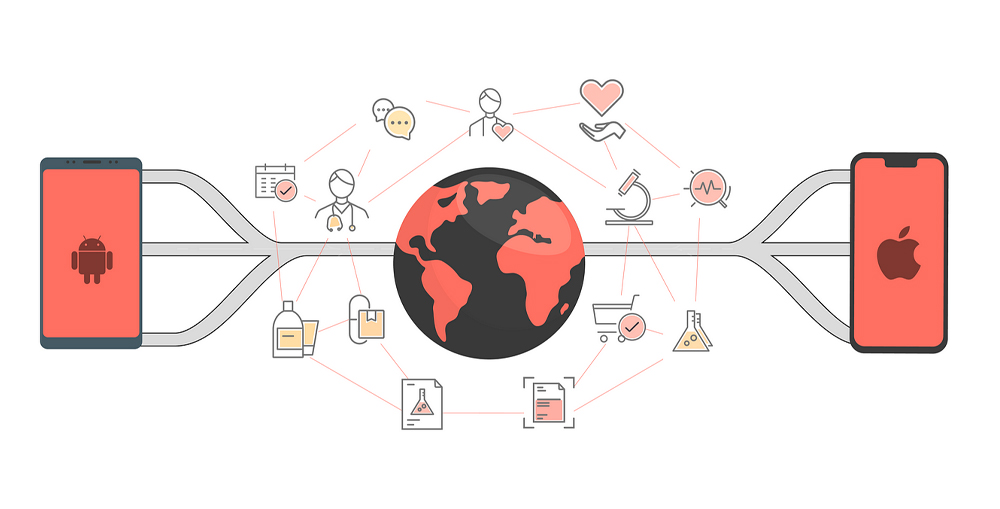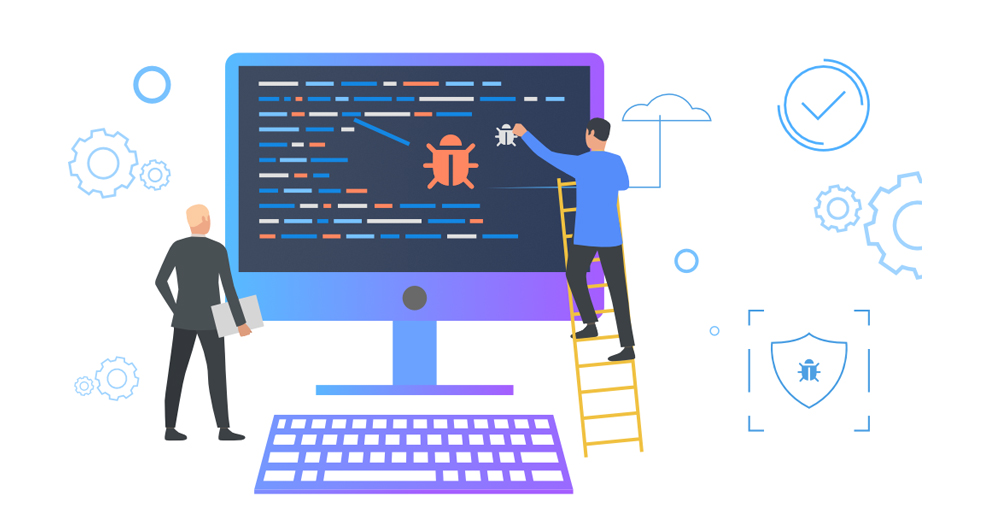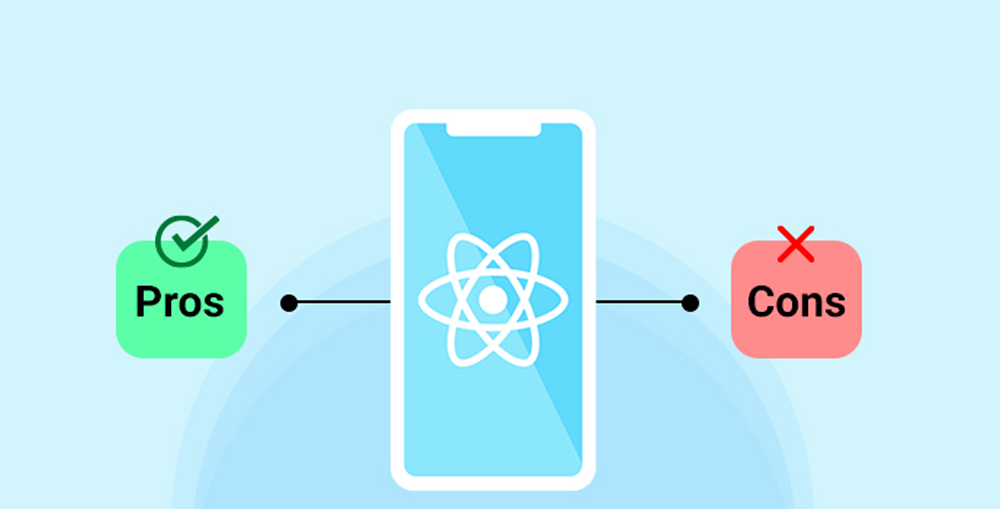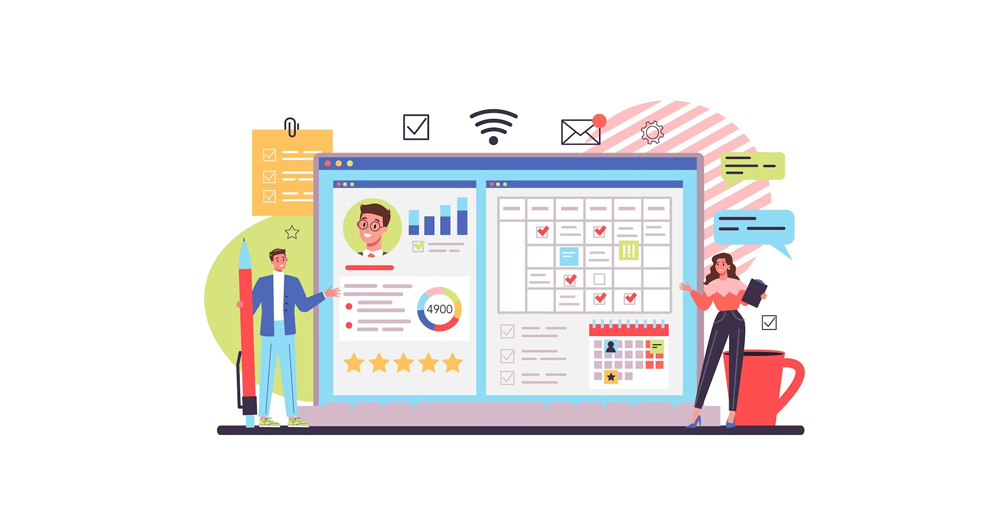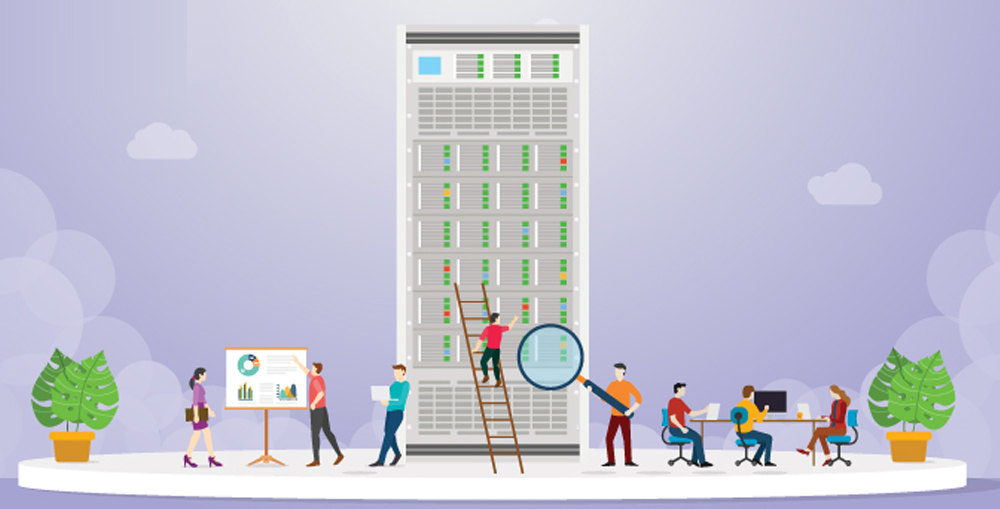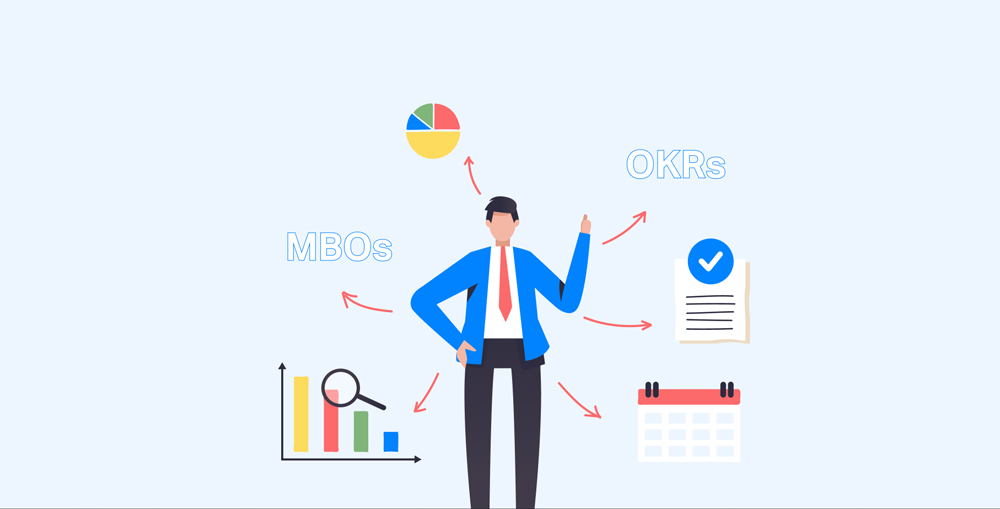Everyone knows waiting in long queues could be so frustrating, whether it is a bank, a hospital, a retail store or a government office, the long waiting lines bother everyone. The long queues are not only wasting your customers’ valuable time but are also very frustrating for your staff. Long waiting lines and crowded waiting areas deteriorate customer experience and also engage your staff in activities which doesn’t produce much value and hinder productivity of your branch or business. In order to enhance customer experience and improve performance businesses started adopting to modern queuing practices and deploying digital queue management systems. A token management system or queue management system is a combination of hardware devices driven by a powerful smart software engine. With the passage of time the queue management systems also evolved and become more effective and impactful. Now a days a queue management system is not limited to just reducing the wait time, but it can offer a plethora of features which help businesses improving customer journey and their staff performance. In this blog we will discuss how integrated queue management system smartphone apps can great enhance customer experience and branch performance.
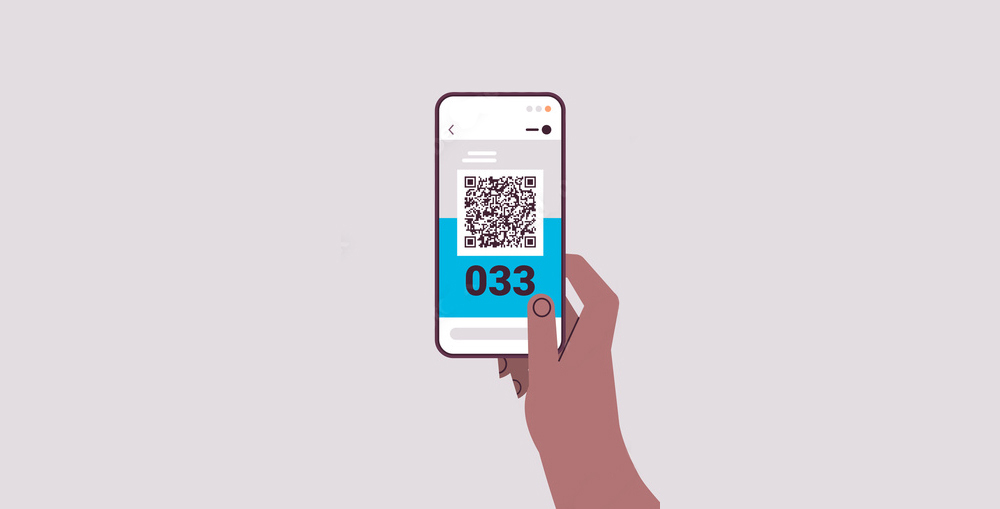
What is Integrated Queue Management System Smartphone App?
An integrated queue management system smartphone app is a mobile application developed exclusively for allowing users to interact with the queue management system even remotely via the internet. The integrated queue management system smartphone apps are developed for both Android and iOS, now a days’ hybrid mobile apps are also used. The word integrated here represents various different types of integrations of the smartphone apps with other systems, tools and databases. It usually depends on the nature of business and services you want to offer through your queue management system smartphone apps, however, there are certain features which are very common such as integration with the customer database to allow quick sign-in, integrating with other branch data, Google Maps, appointment booking portals, customer portals, or even with customer service center. Businesses often integrate queue management system smartphone apps with their CRM or customer feedback system too, to collect valuable customer feedback data. Thus the integrated queue management system smartphone apps can be used to offer a multitude of services and information to improve customer experience and it is also a type of paperless queue management system.
See Also: What Is Virtual Queuing? A Guide to Virtual Queues

What are the Benefits of Integrated Queue Management System Smartphone Apps?
Every business have unique needs and different way to handle certain things, same is the case with the queue management systems as well. Every business have different challenges and different strategies to handle those challenges which is the foundation stone of a unique business identity. It is this uniqueness that attracts most of the customers and help businesses established a unique brand identity which stand out of the crowd. When it comes to the integrated queue management system smartphone apps, every business have different preferences, however, there are certain traits of these smartphone apps that can greatly benefit a business by enhancing customer experience and by driving performance and productivity. Here are the key benefits of an integrated queue management system smartphone app:
Integrated Queue Management System Smartphone Apps: Remote Sign-in and Virtual Queues
Enabling your customers to sign-in remotely from their smartphones or any other online channel for the waiting lines is one of the most effective feature of an integrated queue management system smartphone app. With the rise of technology different platforms has emerged over the time and become very popular among the people for example, the WhatsApp. Now a day’s almost every business is holding a WhatsApp business account. Similarly the smartphone apps have become a crucial part of customer services, many industries have made smartphone apps and industry standard over the past few years. Businesses operating in Dubai, Sharjah, Abu Dhabi and other cities of UAE are increasingly developing their smartphone apps to improve customer experience and customer service. The integrated queue management smartphone apps allow customers to sing-in for the virtual queues with just a few taps on the screen. The customers can sign-in and get estimated time, which allow them to plan their visit in a way that they can get served instantly as they arrived at the business. Hence minimizing the customer wait time to almost none. This remote sign-in features makes integrated queue management system smartphone apps the most ideal solution for modern day queuing.
See Also: World’s First WhatsApp Queue Management Solution

Integrated Queue Management System Smartphone Apps: Better Waiting Experience
The customer experience is one of the most crucial factor in customer satisfaction and customer loyalty. The customer satisfaction and customer loyalty are absolutely essential for a stable and long term growth. The integrated queue management system smartphone apps can offer features which can greatly enhance customer experience and help raising customer satisfaction. Moreover the virtual queue management system can enhance the business processes by leveraging digitalization and automation. When it comes to customer wait time, there are two different wait times, one is the actual wait time as per the clock, and the other is the perceived wait time. The perceived wait time is what our brain thinks is the waiting time, to understand this phenomenon think of driving on a busy road, we usually think traffic flow is quicker in the adjacent lane, however, in reality that is not true. However, this impact on mood and similarly in the waiting areas the perceived wait time also impact the customer experience in the waiting areas. However, with the help of the integrated queue management system smartphone apps businesses can not only reduce the customer wait time but they can also improve customer waiting experience as well. The smartphone apps is integrated with the queue management system which allows it to provide highly correct estimation of the wait time which prevent the impact of the perceived wait time and the live queuing information and alerts help customers to plan their visit according to their turn so they don’t have to wait much. This greatly improve customer experience and increase customer satisfaction.
See Also: Queue Management System and Predictive Waiting Time

Integrated Queue Management System Smartphone Apps: Appointment Booking Features
The integrated queue management system smartphone apps also allow customers to book an appointment as per their convenience. The modern queue management system smartphone apps comes with in-built appointment booking module and moreover these apps can be integrated to an existing appointment booking portal to enable customers to book appointments from the apps. The appointment booking module will allow users to view the queuing data and also any future bookings for example if they want to make an appointment for the next week. The integrated queue management system smartphone apps are built on smart algorithms which have ability to access and analyze the live queuing data as well as historic data. This enables the apps to estimate the waiting time and overall footfall based on historical data present this information to the customers so they can chose the right day and time with less waiting time expected. The integrated queue management system smartphone apps also have ability to send reminders, alerts and notifications to remind customers of their appointment and furthermore it can allow the service agents to directly communicate with the customers and push information to their dashboard regarding any change or update in the schedule. Such features help improving customer experience and ensures the customer gets the fast-track service.
See Also: Why Bank should Integrate Appointment Booking System with a Queue Management System?
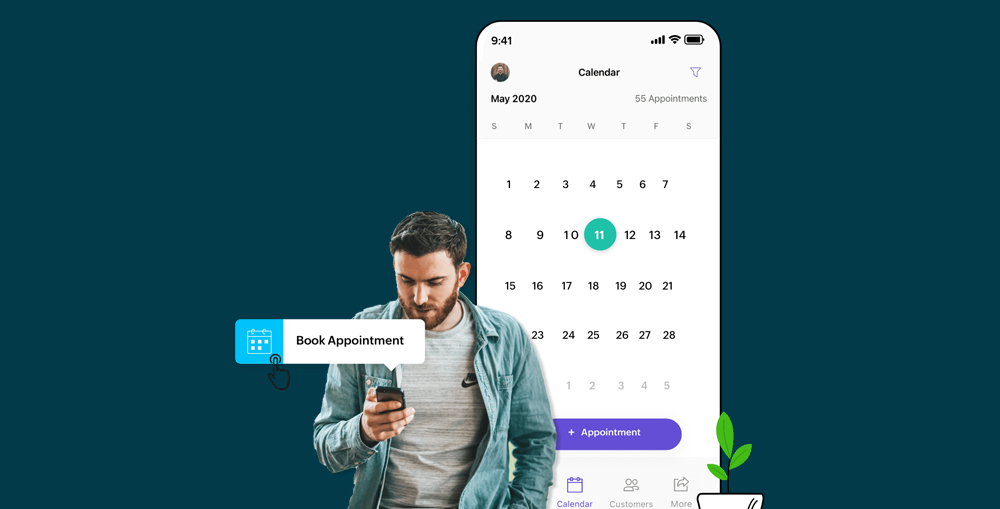
Integrated Queue Management System Smartphone Apps: Branch Locator
Most of the businesses have multiple branches, especially in large cities like Dubai, Sharjah and Abu Dhabi there could be several branches within a 20 to 30 minutes of drive. The integrated queue management system smartphone apps can fetch data form all branches and analyze it in real-time and based on historical data and current customer flow they can accurately estimate the wait time at each branch. Furthermore the smartphone apps are also integrated with Google Maps which enable them to find the customer’s location and suggest them the branches that are closer to them with them and have shortest expected wait time. All this information can be shown to customers as well and allow them to compare different branches and sign-in to the branch which is most convenient for them. Furthermore some businesses also allow customers to shift their ticket form one branch to another based on the current customer flow and queuing speed. The integrated queue management system smartphone apps not only provide branch location but can also provide full contact directory which makes it easier for the customers to directly call or contact the relevant staff if they have any query regarding the service they want. All these innovative features significantly improve customer experience and raise their satisfaction.
See Also: Queue Management System Features you Need for Modern Queuing

Integrated Queue Management System Smartphone Apps: Better Staff Performance
The integrated queue management system smartphone apps doesn’t only streamline customer flow and enhance customer experience but these apps are a great tool to improve staff performance. With the help of integrated queue management system smartphone apps businesses can have more control over the customer flow and it also allow them to effectively implement their queuing policies. Most of the customers will only arrive when their turn will come or is about to come. This help minimize the load in the waiting area and prevent crowd formation. The busy waiting areas put extra stress on the staff and deteriorate their performance. When the customer flow is good and the waiting areas are not crowded the staff can focus more on their primary tasks which makes them more productive and also improve their performance. The queue management system itself can provide a great performance monitoring and tracking metrics which are also very helpful in improving staff performance. Furthermore the integrated queue management system smartphone apps enable a direct communication channel and provide more control to the service agent which help them improve customer flow and deliver good quality service.
See Also: Impacts of Queue Management System on Employee’s KPIs

Conclusion
A queue management system has become an essential for a modern business. Whether you are a bank, hospital, government office, HR office, retail business, educational institution or any other organization in service sector. If you are serving your customers at your premises, you need an effective customer flow management system to ensure your customers will get a good customer experience. The integrated queue management system smartphone apps are a significant leap forward in improving service quality, performance and customer experience. Businesses can leverage the features such as remote sign-up, virtual queuing, customer alerts and notification system, appointment booking and data insights to greatly enhance customer experience. A good customer experience will help you increase customer satisfaction and make your customers loyal which is essential for a long term and stable growth. The innovative features and valuable insight for both customers and service agents can greatly improve productivity, performance, and customer experience and service quality. Happy and satisfied customers and high-performing teams/branches means high profitability and help businesses raise their overall ROI for deploying queue management system. If you want to learn more about integrated smartphone apps or if you need our help to build and deploy customized queue management system smartphone apps for your business please feel free to contact us through our Contact Us page or leave a comment in the comment box below and we will get in touch with you soon.
See Also: Why Virtual Queuing Has become an Essential Part of Modern Queue Management Systems?
